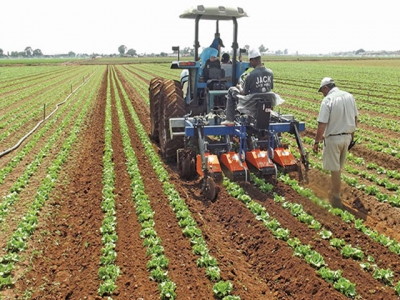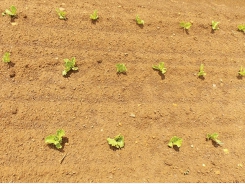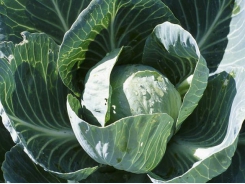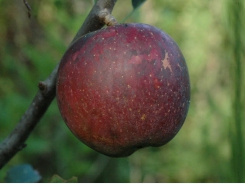What to do after transplanting lettuce

The manner in which lettuces are transplanted makes all the difference to the profitability of a crop, as all subsequent practices and expenses up to maturity remain the same.
This mechanical cultivator leaves few weeds to remove, reducing labour drastically. Photo: Bill Kerr
It is therefore crucial to follow the right steps from the start.
Before you begin, apply nitrogen!
Once the seedlings are transplanted, irrigation can leach nitrogen from the plugs, slowing down growth and leading to unevenly sized lettuces across the land. This problem will remain until harvest.
To prevent this from happening, take action beforehand. Mix one handful (about 50g) of LAN in 8l to 10l of water for every 2 000 to 2 500 plants and water the seedlings in their trays or bags. In this way, you will ensure that the seedlings have an immediately available source of nitrogen (through the nitrate fraction) and a reserve in the form of the ammonia fraction. This cannot leach in the trays and will become available to the plant in due course.
In this way, you will ensure that the seedlings have an immediately available source of nitrogen (through the nitrate fraction) and a reserve in the form of the ammonia fraction. This cannot leach in the trays and will become available to the plant in due course.
Transplanting
I often see a new crop with plants almost covered by soil after having been badly transplanted. With mechanical transplanting, the plants must be large enough for the machine to function correctly. It is also important that the workers following the planter do not disturb the plants.
With mechanical transplanting, the plants must be large enough for the machine to function correctly. It is also important that the workers following the planter do not disturb the plants.
In the case of hand planting, ensure that the plants are placed with all the leaves above ground. Also check that there is no J-rooting. Small plants are acceptable, as long as the roots fill the plug and you can transplant them satisfactorily.
Remember: the growing medium has a different physical structure to the soil into which the lettuce is transplanted.
As a result, the moisture from the soil has difficulty entering the plug by capillary action – and the plant may dry out to an extent even in relatively moist soil.
It is only when the roots grow from the plug into the soil that the plant can make effective use of the soil moisture.
To counter this problem, irrigate very lightly – just enough to soak the plugs from above. The frequency will depend on weather conditions. Inspect the plants regularly to confirm if you are watering at the right intervals.
Subsequent irrigation can be done further and further apart with more water applied according to the depth of the root system.
As lettuce is shallow-rooted, it’s pointless to irrigate much below the extent of the root system.
Precise irrigation
Far too often, especially when different crops are grown on the same land, farmers irrigate all equally instead of regulating the irrigation frequency and amount applied to the specific crop requirements.
Often, the mature lettuce and recently transplanted lettuce will be irrigated equally, whereas their requirements are not equal. This fine-tuning may seem like a bother but these details increase yield and reduce costs.
Apart from the extent of the root system to extract water, the extra leaf area will, by transpiration, draw much more water from the soil than young lettuce plants.
The amount lost will also be greater between the two stages when the air is dry, especially in hot, windy conditions.
All of this may seem logical, but we often get into a routine and need a reminder from time to time. Such fine-tuning might seem like a bother, but it is details like these that increase yield and reduce costs.
Weeding
In a crop such as lettuce, which has a short growing period, weed control is extremely important. Timing is crucial: weeds must be removed when still young.
If mechanisation is used for this, do the weeding before the roots have extended too far to be damaged. Get it right at this stage and only a little manual labour will be needed to remove the remaining weeds.
Many larger farmers have invested in cultivators that do a splendid job by cultivating very shallowly and leaving few weeds to be removed by hand.
Có thể bạn quan tâm
Phần mềm

Phối trộn thức ăn chăn nuôi

Pha dung dịch thủy canh

Định mức cho tôm ăn

Phối trộn phân bón NPK

Xác định tỷ lệ tôm sống

Chuyển đổi đơn vị phân bón

Xác định công suất sục khí

Chuyển đổi đơn vị tôm

Tính diện tích nhà kính

Tính thể tích ao hồ




 Controlling bollworm in lettuce
Controlling bollworm in lettuce  The benefits of bacteria in organic apples
The benefits of bacteria in organic apples